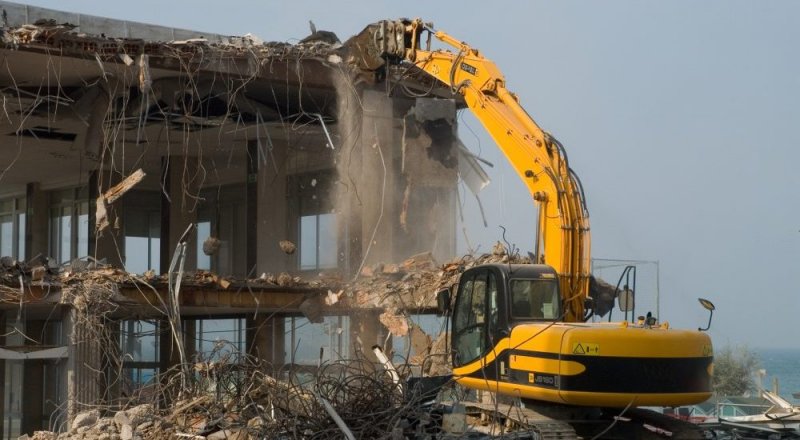The capital of Kazakhstan is being built quickly. For reconstructing it, it is necessary from time to time to demolish old houses in order to build modern buildings in their place. How can one not offend the owners of old buildings, and at the same time not stop the development of the capital because of them?
That’s how I would organize this process.
Akimat (Regional Governor’s Office) of the city has a master plan of the city. It clearly shows where and when will buildings be built and rebuilt. For each quarter of the city there is a PDP (plan of detailed plan). Suppose that according to PDP in a certain quarter, it is planned to build a multi-storey residential complex with parking, shops, etc instead of old private houses.
Akimat of the city is developing a preliminary design of the residential complex, that is, a visual display of the future structure in general terms with the main technical characteristics.
The next step: the Akimat with the help of independent appraisal companies, assesses the market value of the objects that are subject to demolition. It is important to determine not the cost per square meter, but the relative gradation. That is, it is important to understand how many times the square meter in this three-story old house is more expensive than a square meter in the neighboring “hovel” on this site. Then it is possible to compile a single register of demolished real estate objects on this section. It will look something like this: 3,000 square meters in the old house for 100,000 tenge per square meter, 1,000 square meters of housing in mud brick houses for 50,000 tenge, 500 square meters of non-residential buildings (sheds, garages) for 20,000 tenge for square. Total is 360 million tenge.
After that the Akimat announces an open tender-auction among the companies-developers. The conditions are as follows: the winner of the competition must build a residential complex on this site according to the Sketch Design. The winner will be the one who will offer the highest price for the demolished housing to their owners. The starting price will be 360 million tenge. Applicants begin to bargain in the auction. Let’s say that a certain company which offered 720 million tenge wins. And this will be the real market price of all real estate in this quarter. No bidder will bid above that which will allow him to recoup these costs. And at the same time, competitors will not allow anyone to win in the competition at a lower cost. To determine the market price of any item there is nothing better than an open auction.
The Akimat concludes a contract with this company and gives it time – three months to buy out the demolished housing. Convenience for the developer is that he does not have to bargain with every owner of the house. The price is set at the official auction and is not subject to discussion. Of the indicated 720 million tenge the developer will pay each owner in proportion to the cost and square of his housing in the general register of demolished housing. In our example, the one whose housing was first estimated at 100,000 tenge per square, now, thanks to the auction will receive 200,000 tenge per square.
If the developer was unable to attract money and buy out the property from the owners in time, the Akimat terminates the contract with him and announces a new auction.
If the winner of the first auction has already managed to buy a part of the housing, then the new winner of the auction is obliged to pay him the cost of the bought-out housing at the price of a new auction.
In my opinion, such a system will allow resolving the eternal dispute between developers and owners of demolished housing about the fairness of the price for their property. Now none of them will argue and suspect one side of overpricing, and the other side in under-pricing. If at the auction no one offered a price higher, then this is the market price.
In addition, the auction system will be the most accurate benchmark for the evaluation of demolished objects and for public needs. When the Akimat removes dilapidated housing for the state needs, it cannot organize auctions, since no one will compete with it in the construction of roads, parks, schools, hospitals, etc. But the availability of official data on the results of open auctions on neighboring land plots will be sufficient grounds for paying similar amounts to homeowners. And here, their suspicions in the under-pricing of the price by the Akimat will disappear too. And if there is no suspicion, then there will be no rallies and scandals.

COMMENTS